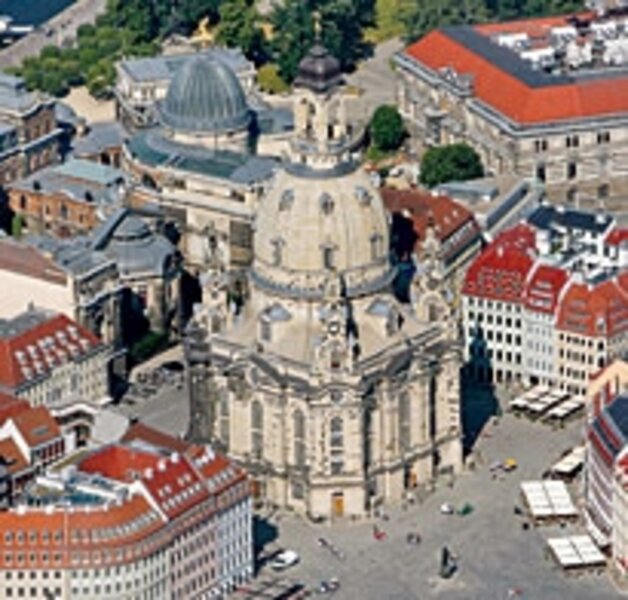Germany: Dresden's World Heritage status falls to modern development
Loading...
• A local, slice-of-life story from a Monitor correspondent.
DRESDEN, GERMANY – In a decision with symbolic and practical consequences for a city that’s come to represent postwar, postcommunist reconstruction, UNESCO has revoked Dresden’s World Heritage title, saying that by building a new bridge the city will ruin a natural landscape and the city’s baroque core.
City officials say the bridge is needed to reduce traffic congestion.
Dresden won World Heritage status for its 12-mile stretch of the Elbe Valley that includes Dresden’s famed baroque-style palaces and churches. But UNESCO said that the city’s decision to build a fifth bridge connecting the old and new city would shatter the “historic cultural landscape” of the Elbe Valley.
This means that Dresden won’t get part of a $213 million government fund for German UNESCO World Heritage Sites, money that Dresden was counting on to help renovate the Ligner Palace along the Elbe and rebuild the Busmann Chapel.
But in two separate referendums, Dresden citizens voted for the bridge.
The city was known as “Florence on the Elbe” before it was shattered during World War II. It was then part of East Germany until the Iron Curtain fell.
The other 30 “endangered sites” to lose UNESCO status are mostly in poor, violence-torn places, including the Democratic Republic of Congo, Afghanistan, and Iraq.
Dresden was among 33 cultural and natural properties in Germany – 878 worldwide, from the Taj Mahal to the Grand Canyon to the Great Barrier Reef – to have earned UNESCO’s World Heritage designation.





